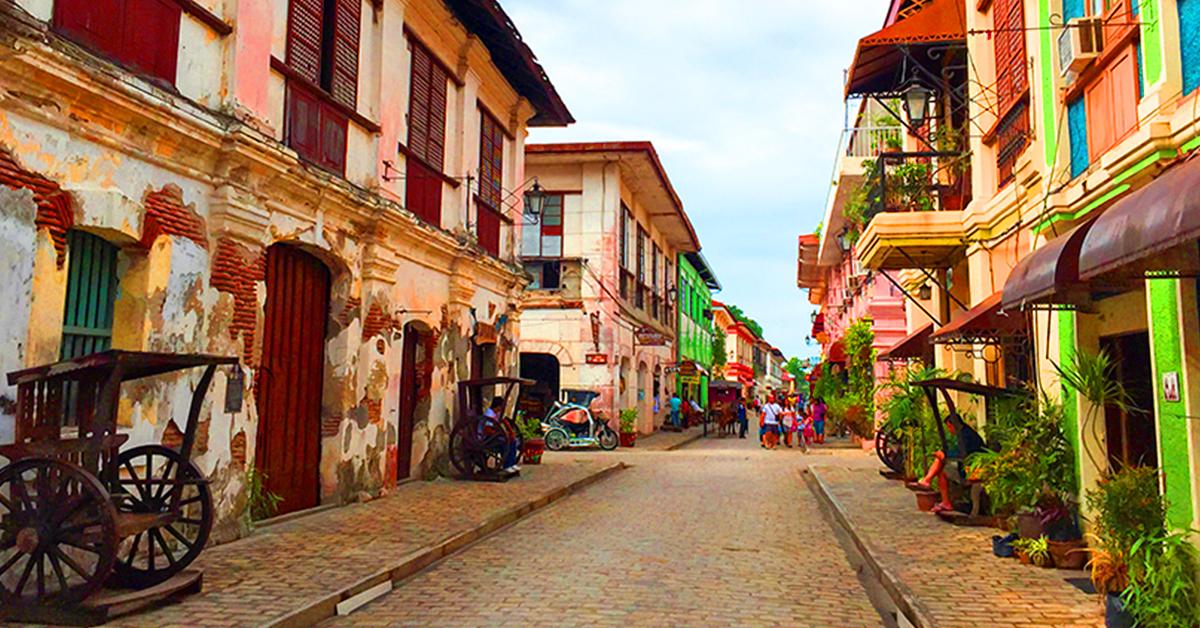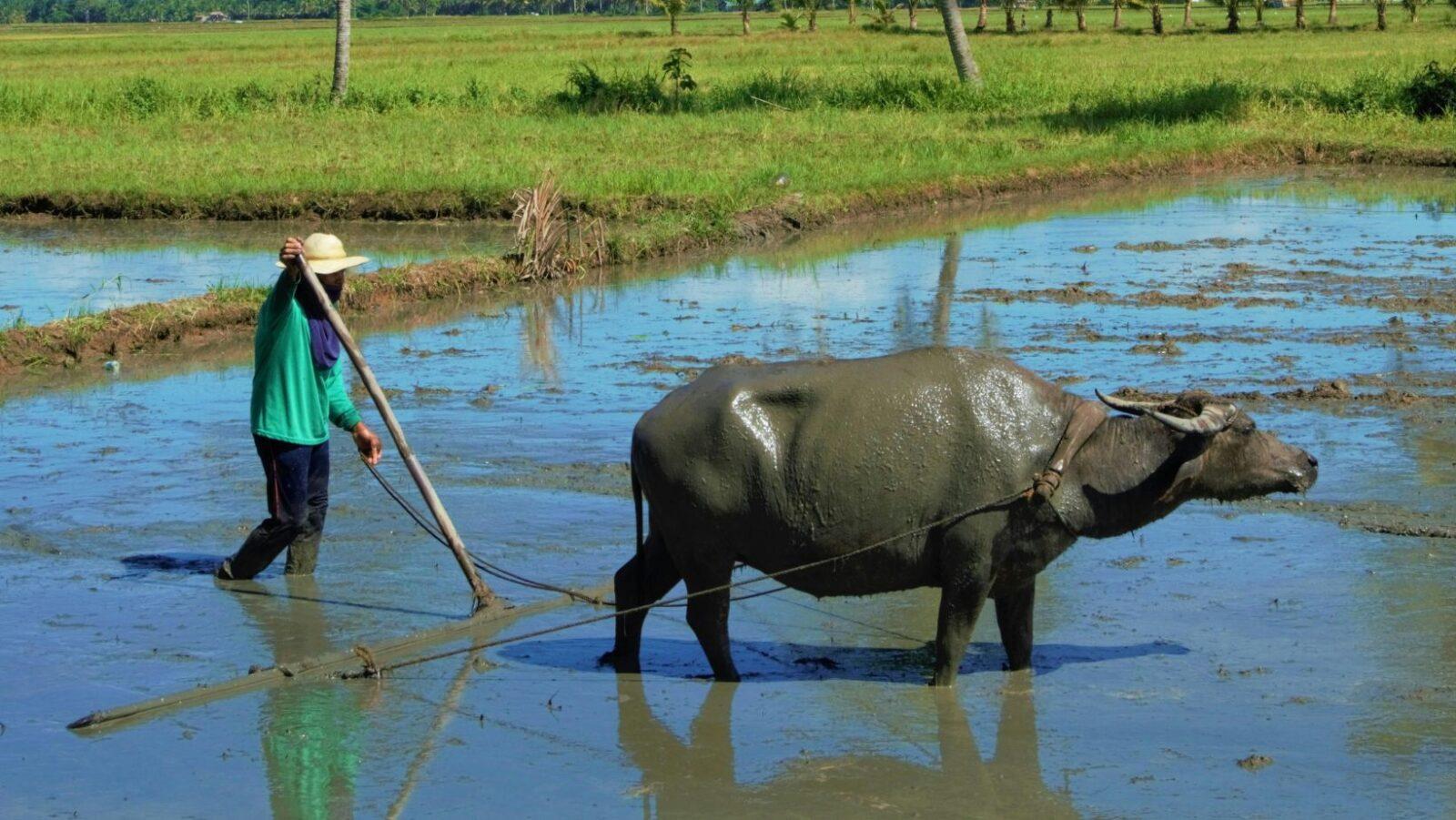•The urban heat island effect raises temperatures in highly urbanized areas, causing negative environmental and health effects.
•Local experts are working with the government on Project GUHeat, an initiative to monitor urban heat islands in the Philippines.
•With satellite data, the team aims to create helpful, easy-to-use maps to improve urban planning and development.
Have you ever wondered why it’s so hot in the city — and why it feels cooler in the countryside?
Chances are, you’ve correctly deduced that since there are fewer trees in urban areas than rural areas, temperatures in the former are warmer than the latter. However, that’s just part of the reason why this phenomenon, called the urban heat island effect, happens in cities.
The urban heat island effect
The materials we use in constructing the roads and buildings in our cities — such as asphalt, steel, bricks, and concrete — tend to be highly heat-absorbing because of their typically darker colors. Physics tells us that when a material absorbs light, it ends up generating heat energy. In other words, a black T-shirt would absorb more light than, say, a white or gray shirt. (However, that doesn’t mean you should avoid wearing black in the summer; it’s actually not that simple. In fact, you’re probably better off sticking to darker colors.)
Additionally, said building materials are impervious, meaning they don’t allow water to flow through their surfaces. And while this makes perfect sense if you want to build something that’ll withstand various weather conditions and environmental factors, it also means that your structures won’t be able to cool down easily.
The urban heat island effect doesn’t just make things uncomfortable for people living in the city. It contributes to air pollution, increases energy consumption, worsens greenhouse gas emissions (and thus, climate change), and even affects water quality.
In the Philippines, urbanization has significantly influenced temperatures in Metro Manila, Cebu, and other cities. Research dating as far back as 2010 has revealed an increase in felt temperature in Metro Manila by up to 2 degrees Celsius. Bottom line: If you’re living in a city in the Philippines, you’ve probably felt the effect yourself.
Drawing heat
To address this, the Department of Science and Technology (DOST) is supporting a data-based initiative for better urban planning.
With assistance from the DOST’s Philippine Council for Industry, Energy, and Emerging Technology Research and Development (PCIEERD), experts from the University of the Philippines-Training Center for Applied Geodesy and Photogrammetry (UP-TCAGP) are using satellites and modeling-simulation techniques to assess and monitor urban heat islands in rapidly urbanizing and highly urbanized cities.
Called Project GUHeat (Geospatial Assessment and Modelling of Urban Heat Islands in Philippine Cities), it will use thermal images and data from satellites to create visual guides for urban planning and development. Project GUHeat’s output will be easily accessible via a web-based geographic information system (GIS).

Right now, the team is assessing the land surface temperatures (LST) of Quezon City, Baguio City, Cebu and Mandaue City, Iloilo City, Zamboanga City, and Davao City.
According to project lead Dr. Ariel Blanco, this will help the government mitigate the urban heat island phenomenon. This would, in turn, reduce energy consumption, health hazards, and pollution, improving the quality of life in our cities.
Project GUHeat will help make Philippine cities inclusive, sustainable, more resilient, and safer — the eleventh item on the United Nations’ list of Sustainable Development Goals (SDGs).
Burning hope
“I’m happy to share that these local government units are very enthusiastic and supportive, and shall utilize the project outputs in revising plans and implement measures to reduce urban heat islands,” said Blanco.
Meanwhile, DOST-PCIEERD Deputy Executive Director and Officer-in-Charge Engr. Raul C. Sabularse shared future plans to use unmanned aerial systems equipped with thermal cameras to monitor LSTs over time. “We at the DOST will continue to support the project and eventually launch more space technology applications to lift.”
Cover photo: Akarat Phasura/Shutterstock
References
- http://pcieerd.dost.gov.ph/news/latest-news/355-dost-pcieerd-up-diliman-assess-urban-heat-islands-in-the-philippines
- http://extension.udel.edu/factsheets/permeable-vs-impermeable-surfaces/
Author: Mikael Angelo Francisco
Bitten by the science writing bug, Mikael has years of writing and editorial experience under his belt. As the editor-in-chief of FlipScience, Mikael has sworn to help make science more fun and interesting for geeky readers and casual audiences alike.







